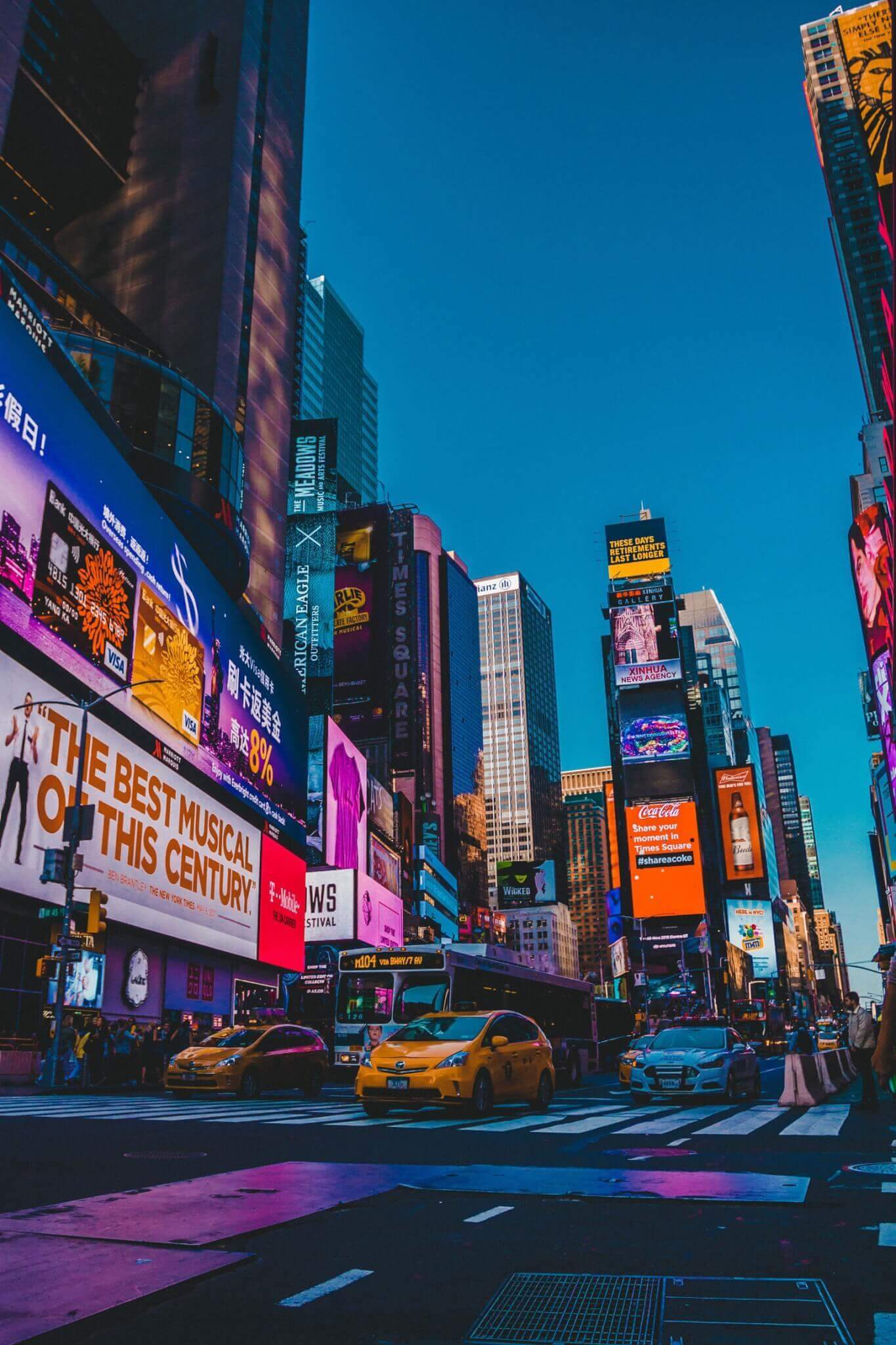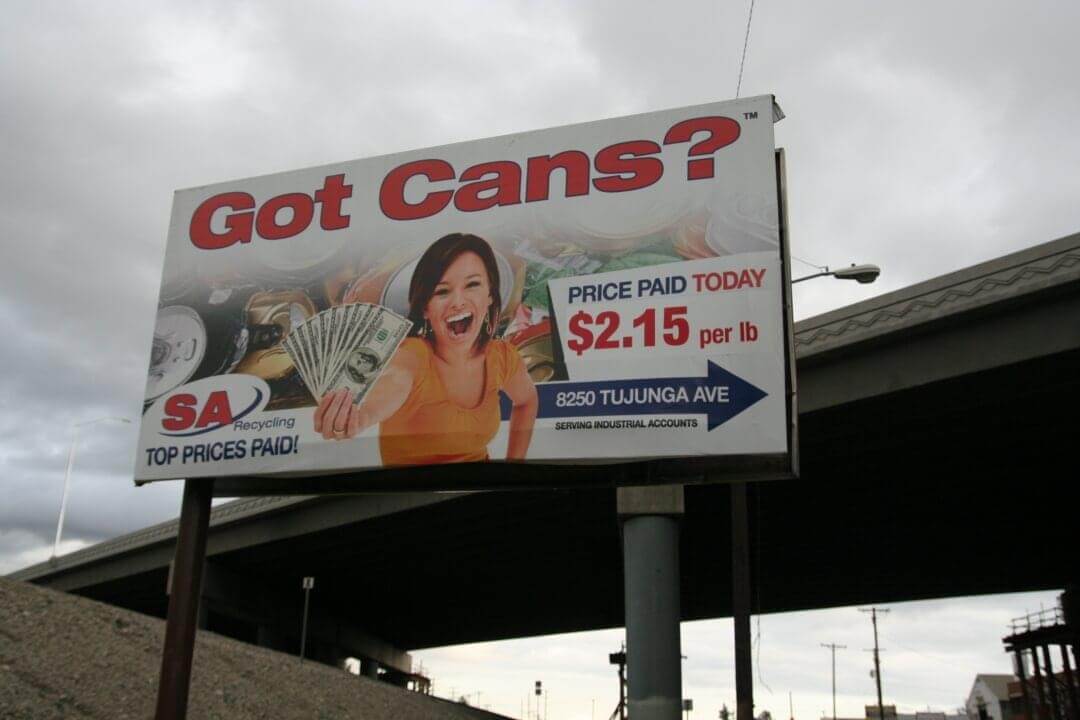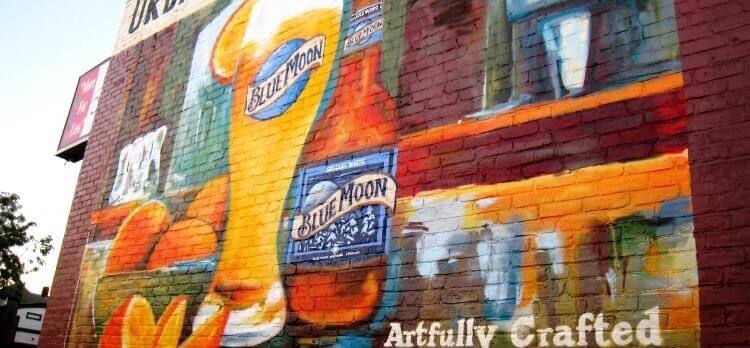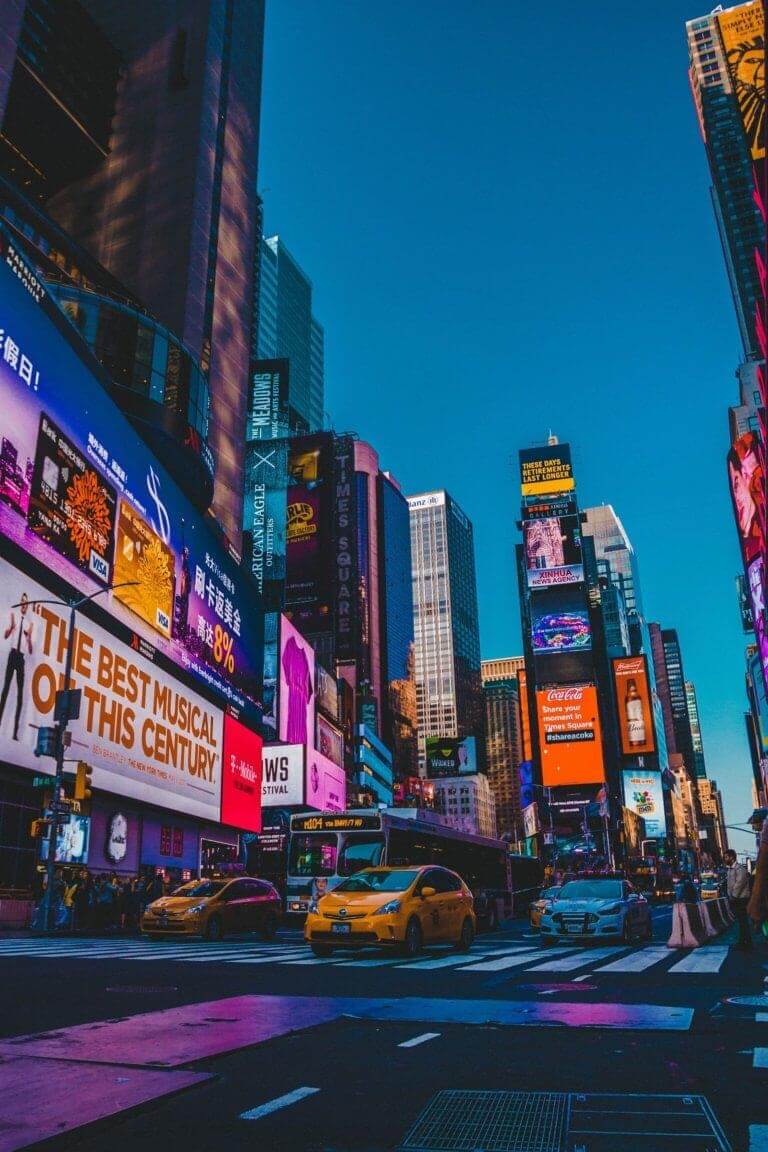
This is a question that comes up a lot. Typically, when someone thinks of a billboard they imagine a large, expansive poster on the side of a skyscraper or standing upright along the highway, but there are a variety of styles that are meant to target different messages to different consumers. Because of these styles, there are also a number of sizes available to promote your brand or business product. Billboards are the largest and among the most impact standard sized OOH media formats. This post will outline the dimensions of the most common billboard formats, and explain where each billboard can be located.
The location of the billboard also helps determine the type of sign selected by the advertiser. The most common form of billboards are known as bulletins and poster panels. These are found in high-density traffic locations. They use a computer or hand painted messages to act as the artwork on billboards and are usually purchased on a month-to-month contract period. Here we will get into the different styles and forms of billboards, and see how each variation is executed in our world.
Poster Panels:
Poster panels are somewhat smaller and are designed by the number of sheets employed on the sign. Thirty-sheet poster panels are approximately 12 x 25 ft (3.6 x 7.6 m) and are found on primary and secondary traffic ways. They are lithography based or use silkscreen printing, and are usually displayed for 30 days. Eight sheets mean smaller (6 x 12 ft [1.8 x 3.6 m]) and are designed more for pedestrian attention and some vehicular traffic. They are placed in high-density urban neighborhoods and suburban shopping malls. Poster panels are the everyday billboard that don’t overpower the environment; less intimidation, but similar attraction. The larger bulletin style is the most challenging type to construct.
Classic Billboards:
Classic billboards are also known as a bulletin. These billboards are visible on the side of highways and expressways, or on heavy traffic streets. They are also known as bulletin boards. These are found in sizes of 14′ high x 48′ wide, 10.5′ high x 36′ wide, or comparable sizes. These have grown in size from the early days of the billboard. They are intended to capture the attention of both pedestrian and motorized traffic. These are the ticket for larger scale, attention grabbing advertisements that would resonate with everyone in sight. The classic standard sizes of billboards range from 10 feet by 30 feet to 14 feet by 48 feet for a bulletin billboard. Poster billboards are generally 10.5 feet by 22.5 feet, and the junior poster is typically 5 feet by 11 feet.
Vinyl Billboards:
These have a much brighter appearance, which is more alluring than ordinary billboards. They are intended to be that much more eye-catching. They are regularly spread painted with a UV defensive paint, and can keep advertising clearly for quite a long time. The most commonly used material is a heavyweight vinyl technically known as PVC. Large banners, which can be as large as full building coverage, are usually printed on a special mesh PVC material so that some wind can pass through them. We need to make sure billboards can withstand the elements. The usual sizes are 14′ high x 48’ wide, 10.5′ high x 36′ wide, or comparable sizes.
Painted Billboards:
These have become quite rare having been replaced by graphically produced billboards. However, in instances where only a single board is required, they are still used in some areas. Typically showing witty slogans and distinctive visuals, painted billboards are highly visible in the top designated market areas. The average size of a painted billboard really isn’t easy to measure, as the artist and the advertiser can paint on a number of different building sizes. Most painted billboards can be found on the sides of convenience stores or pubs.
Posters:
Posters are the other most common form of billboard advertising, located mostly along primary and secondary arterial roads. Posters are surfaced on a smaller format and are viewed principally by residents and commuter traffic, with some pedestrian exposure. The big, bold billboards typically found in high-traffic areas, such as alongside busy roads, only represent one billboard sizing option out of many. These are usually only half of the width of bulletin boards. They are used for advertising a local product and hitting the local market. The sizes are 30 sheet, 8 sheets, & Premier Panels – medium arrangement 10′ high x 22′ wide or 5′ high x 11′ width.
Mobile Billboards:
Mobile billboards are affiliated with truck side advertising where the poster is displayed either static or digitally around the surface area of the moving vehicle. The purpose of mobile billboards is to be at the destination where their target audience is presently, such as where a large event is taking place. They are really good for targeting a large number of people at one time, and they are constantly on the go. As they are less common, the advertisement tends to be more memorable. A strong visual image or short, electric video is commonly used on mobile billboards therefore drawing the immediate attention of busy crowds. The approx. sizes of the ad display are 7′ high x 8′ wide on 24′ long trucks. Displays can be stretched vinyl attached by Velcro fasteners, adhesive-backed masking film or regular paper and paste.
Digital Billboards:
Digital billboards are used generally at central business points to ensure they are seen by a maximum number of people. As a result, they provide maximum brand exposure. These billboards can also be seen displaying stock market prices or displaying the temperature in some places. They are expensive, but are also very effective at catching the attention of many people and, thus, promoting your business to many demographics. The size of digital billboards include- large size 14’h x 48’w, 20’h x 60’w, 10’6”h x 36’w, medium size 12’ h X 25’ w, and others are 72” Display 62” h x 35” w. There are several standard size designs which include:
-
6′ x 12′ (8-sheet poster)
-
12′ x 25′ (30-sheet poster)
-
10′ x 30′
-
10′-6′ x 36′
-
14′ x 48′ (bulletin)
| Type of Billboard | Classic Billboard | Super-board (Regular) | Super-board (King-Size) |
|---|---|---|---|
| Size (W x H) | 21′ x 10′ | 32′ x 10′ | 21.5′ x 14′ |
| Diagram |  |
 |
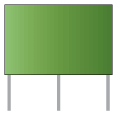 |
With such a diverse range of choice, selecting the right size billboard to suit your needs can prove challenging. Each size offers a core set of size restrictions and unique benefits, so understanding these will enable you to make an informed and profitable decision for your business.
If you need assistance with the topic of sizing or want to understand more about how different size billboards can help your brand, contact us today and speak with one of the members on our knowledgeable team!


